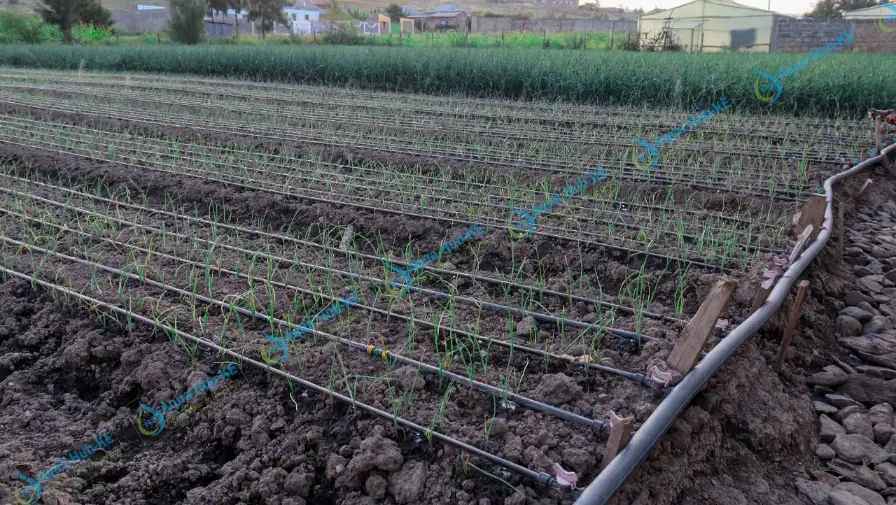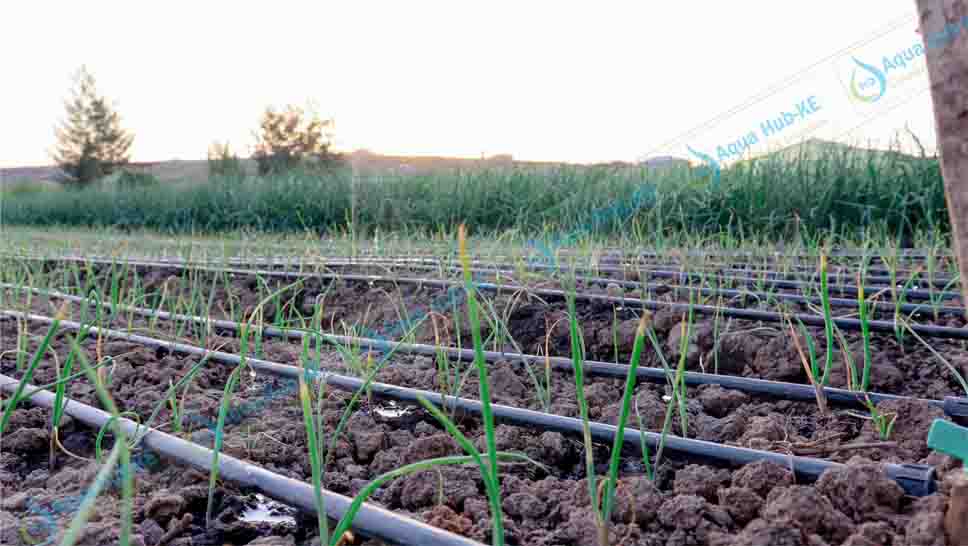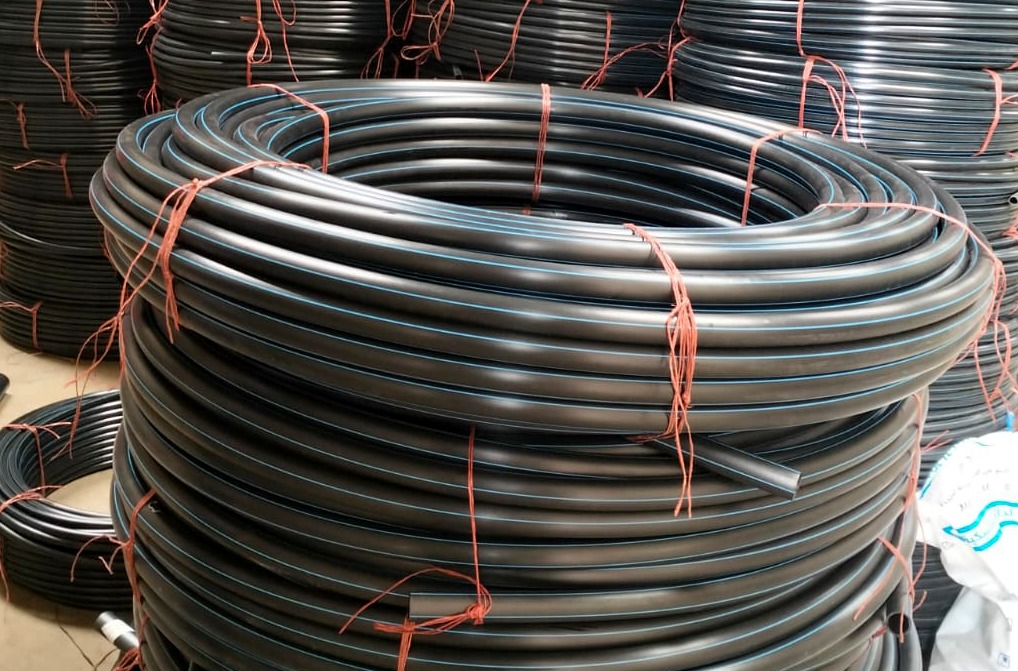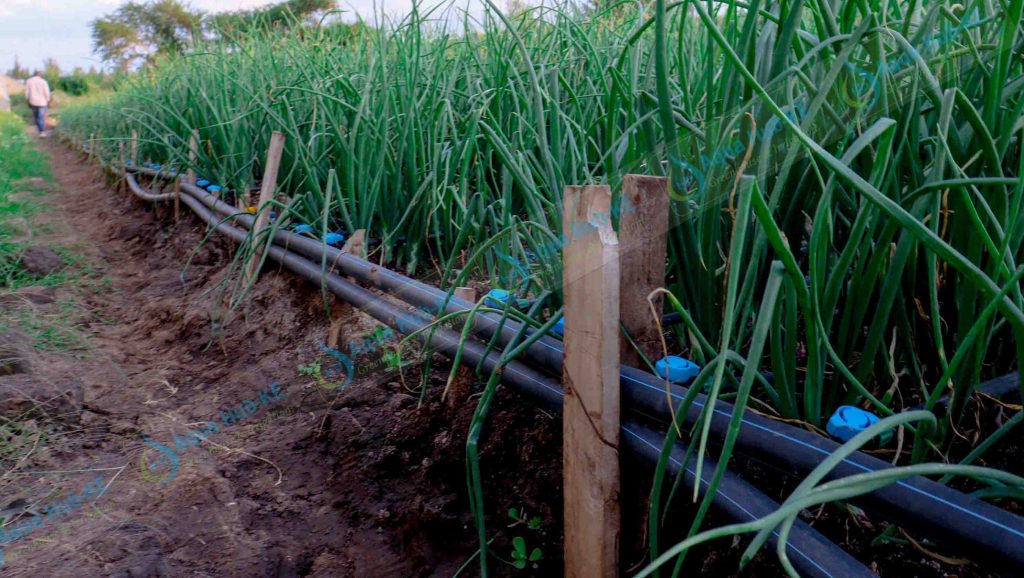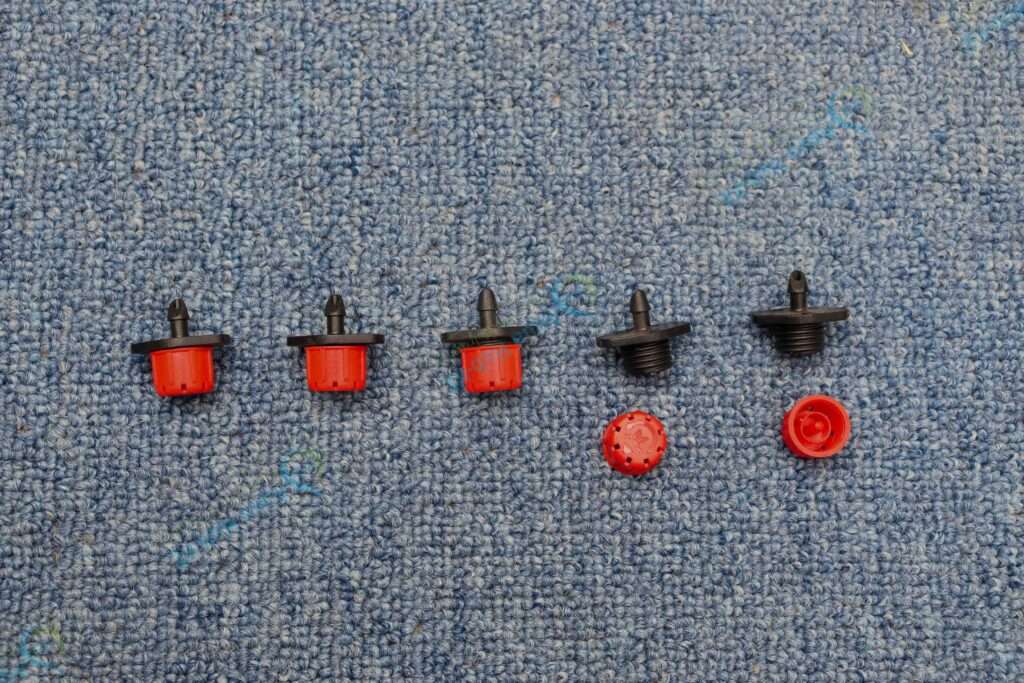Blog
Drip Irrigation Systems for Sale in Kenya

Aqua Hub’s quality drip irrigation systems for sale in Kenya are known for high efficiency in irrigating high-value capsicum, tomato, and onion crops.
Water needs are way lower with our drip irrigation systems for sale than sprinkler systems. Less water use occurs because of control and precision that is possible through driplines or emitters.
1 Acre Drip Irrigation Kit
Comprises of the complete drip irrigation system components that are enough to water an acre of land. 1-acre drip irrigation kits are at Aqua Hub Kenya for affordable prices.
Call: +254790719020
Must-Know Drip Irrigation Kits for Sale
Are you aware of the complete affordable drip irrigation kits for sale in Aqua Hub Kenya? We have custom-made drip irrigation kits that blend with the landscape of your farm. Our guarantee is a balance and adequacy in water supply to your crops all the time.
Call: +254790719020
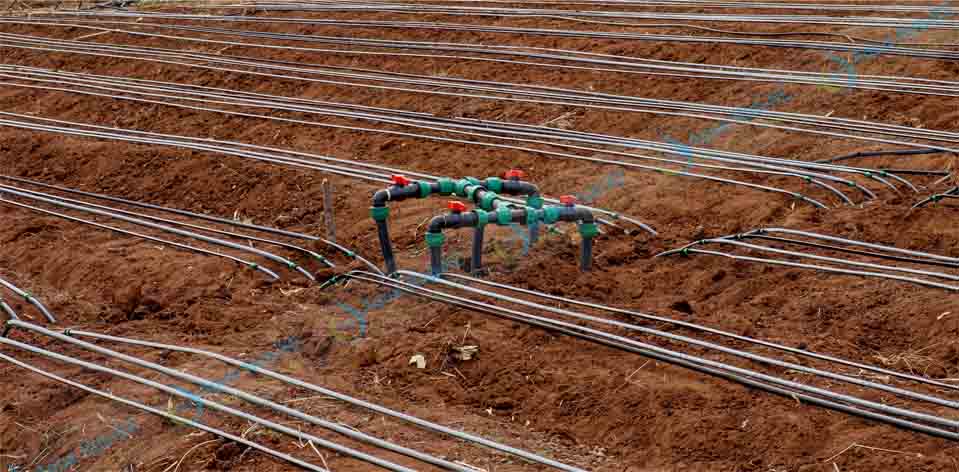
What is Contained in Our Drip Irrigation Systems?
Our drip irrigation systems for sale come with complete packages for the connection of drip irrigation systems. These components include;
- Mainline connection pipes (HDPE or PVC pipes )
- Sub-mainline pipes (HDPE or PVC)
- Water filtration kits
- Control valves (check valves and ball valves)
- Connectors (male and female adapter, tee, elbow, and couplings)
- End caps
- Driplines or drip tape
- Dripline fittings
- Lateral pipes
- Tank connectors
- Fertilizer injector
- Saddle Clamps
Other components you need but are not included in our irrigation systems:
- Water tanks
- Fertilizer tanks
1 Acre Drip Irrigation Kit Price in Kenya
How much does it cost to buy drip irrigation kits that are sufficient for the irrigation of one acre of land? The drip irrigation kits for one acre go for approximately KES 100,000 to KES 165,000 depending on the lines per bed.
Quarter Acre Drip Irrigation Kit
We also have a small drip kit package for a quarter acre of land, suitable for small-scale farmers.
Call: +254790719020
Prices of Drip Irrigation Systems for Sale in Kenya
Prices of drip irrigation systems for every sale depend on the size of the land and the number of driplines you want to set up on every bed.
Our Prices are the cost of a complete package of drip kits as per acre of land. Check the cost of our drip kits below
| Land Size | 1 line per bed | 2 lines per bed | 3 lines per bed |
| One Acre | 65,000 | 95,000 | 130,000 |
| Half Acre | 30,000 | 45,000 | 60,000 |
| Quarter Acre | 16,000 | 25,000 | 35,000 |
Number of Driplines or Emitters Per Bed
In most drip irrigation system layouts, 1-4 driplines are laid on the farm section(bed). The determinant is the crop whether closely spaced or farther spaced.
Driplines vs Rain Hose
Sometimes driplines are confused with soaker hose (rain hose pipe) due to their similar appearance. Driplines have equally placed emitter holes while rain hose pipes contain holes along the entire pipe length.
Driplines release water in a precise slow manner to the crop root zones. On the other hand, rain hose pipes produce a high-pressure rain effect that may fall above the crops.
How are drip lines laid on the farm?
Driplines are placed differently according to the crops and water needs. The common method is to lay it along the root zone of crops. It can also be laid around trees or other propagating structures such as multistorey gardens.
Drip Tapes and Driplines: Which is the Best Option for Your Garden?
Driplines and drip tapes are the same pipe components of drip irrigation. Their water distribution is through equal emitter spacing.
Drip tapes have a smaller wall thickness compared to drip lines. A drip tape is also more flexible, unlike driplines.
A dripline has wide spacing and thus requires manual punching to obtain smaller emitter spaces when applied in closely spaced crops.
Driplines can form rings that go around large trees and fruits, you can use button drippers to enhance higher flow rates.
How much Water Does a Drip Irrigation System Use per hour?
Driplines can output 4-5 liters per hour.
Why You Should Install a Pressure Regulator
Pressure regulators are devices designed to reduce the pressure of water flow in an irrigation system. Since drip kits work under low pressure, pressure regulators enhance low-pressure flow.
Therefore, pressure regulators make driplines durable and effective as they prevent high pressure from damaging the pipe connections.
How to Prepare for Setup of a Drip Irrigation System
When you are preparing to start drip irrigation farming, you must think of certain factors to consider before proceeding.
First, think of your land. Do you have sufficient land to lay your drip irrigation kits? Always set aside a flat place.
Secondly, consider the water supply. Is your water supply stable enough to sustain irrigation for the whole season? If not make plans for drilling a borehole or wells.
Thirdly, consider the soil of your region. Ensure your soil is best for drip irrigation; consider water retention capacity.
Steps to Prepare for Installation of Drip Irrigation Systems
- Drill a borehole as per the water needs or farm size to irrigate if you don’t have a stable water source.
- Acquire a water tank and set up the tank connection to the water source.
- Pump water into the tank
- Source and purchase quality drip irrigation systems – Find drip irrigation systems for sale at Aqua Hub Kenya.
- Clear the land and remove vegetation, rocks, and other materials – to ensure smooth pipework laying
- Cultivate the land and break the soil loose.
- Make Beds 1 M wide and 100 M long for laying drip lines. Also, leave paths for navigation. Should be 30 cm wide.
- Make trenches for laying pipes.
Installation of A Drip Irrigation
- Lay the mainline connection pipes
- Connect the mainline pipe to the tank using a tank connector
- Connect the mainline supply to the pressure regulator and water filter
- Branch to sub mainline pipes using Tee connector
- Join the pipe connection to a hydrant or section with control valves( to regulate the flow of water to various sections)
- Drill the sub mainline pipe and connect them to lateral pipes using saddle Clamps
- Lay the driplines on the beds
- Connect the laterals to the driplines using start connectors
- Use end caps on the dripline and sub-mainline pipe ends
HDPE Vs PVC Pipes: Which Mainline Pipes to Use in Drip Irrigation Systems?
Both HDPE and PVC are suitable for connection as mainline pipes in Drip irrigation systems.
However, we prefer HDPE in drip irrigation system connections as it is stronger and more durable than PVC.
Additionally, it can work effectively under hot and cold weather plus its rigid and abrasion resistance makes it secure for water supply.
What are the Ways to Use Drip Irrigation Systems Efficiently?
- Turn off the automatic timer when not in use
- Check the drip irrigation system frequently to ensure that each dripline is working effectively.
- Ensure you stick to the appropriate time, run your system for 40 minutes at least 3-4 times per week to avoid over and underirrigation.

